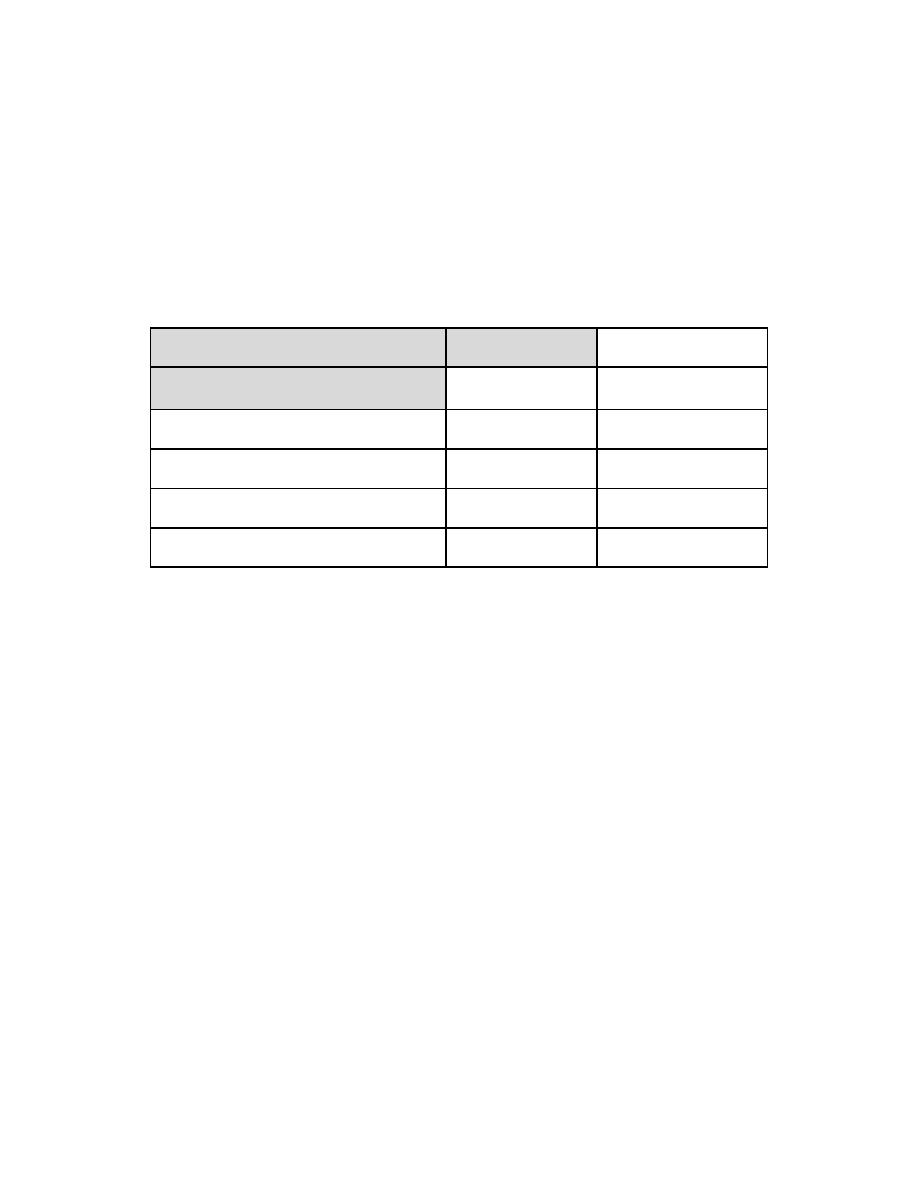
UFC 4-150-07
19 June 2001
Latex modified concrete, compared to epoxy concrete, is vapor
permeable and lower in cost. Even though permeable to vapor, it is not very
permeable to liquids. Repairs requiring thin sections, which will be exposed to the
sun, should be breathable so that vapor pressure does not build up behind the
patches or overlays. Vapor pressure can debond and cause a patch to spall off.
Recommended mix proportions for thin and medium thickness repairs
are in Table 7-1.
Table 7-1 Recommended Mix Proportions
Finished Thickness
13 mm to 32 mm
32 mm and up
(1/2 to 1 inch)
(1 inch and up)
Latex to cement ratio
0.10 to 0.20
0.10 to 0.20
Water to cement ratio
0.30 to 0.40
0.30 to 0.40
Fine aggregate to 1 part cement
3.0 to 3.5 parts
2.5 to 3.1 parts
Coarse aggregate to 1 part cement
2.5 to 3.1 parts
1.4 to 2.0 parts
Prepackaged latex modified mortars, or just the liquid latex modifiers,
are commercially available. The mortar mixes can be converted to concrete by
adding coarse aggregate. Latex modified concretes are sensitive to improper
placement techniques, and noted failures have occurred. Carefully follow the
manufacturers' recommendations.
7-1.2.3
Epoxy Concrete. Epoxy concrete does not contain Portland cement.
It is a mixture of an epoxy resin and aggregate. Epoxy concrete is the most
popular polymer concrete used because of its many physical properties that can
be obtained, good adhesion to existing concrete, and availability. Other
commercially available polymers are acrylics, polyesters, polyurethanes, and
polyvinyl acetate.
Epoxy resin, when mixed with a curing agent, forms a thermosetting
plastic that rapidly develops adhesive strength. Epoxy mixes are used for several
purposes:
To repair cracks by injecting the resin.
To make epoxy mortar or concrete by mixing the resin with fine
and coarse aggregate.
7-5



 Previous Page
Previous Page
